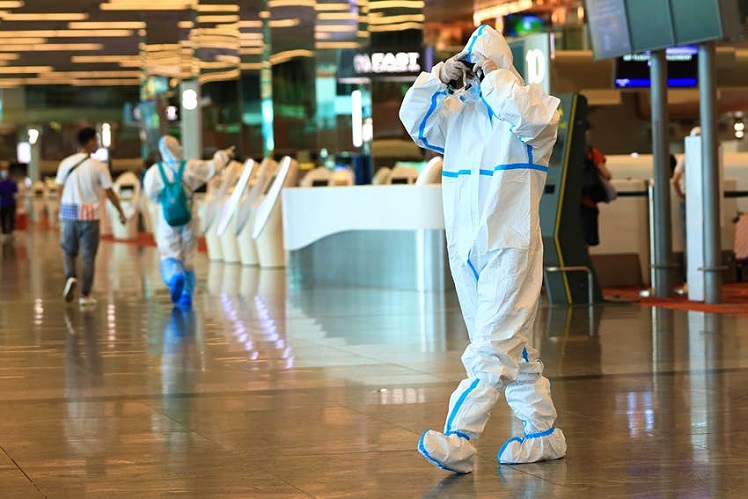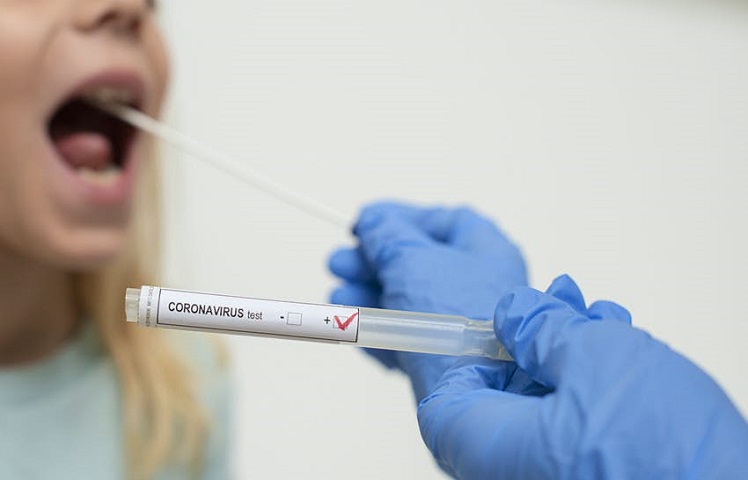
Singapore will track visitors arriving in the country with electronic monitors
TripFalcon August 09, 2020
Last Update: 2020-08-25 12:21:43Travelers and returning residents to Singapore should be aware that they will be required to wear an electronic monitoring device from August 11, to ensure that they are quarantining as required upon arrival into the country. The measure is to ensure compliance with the 14-day 'Stay-Home Notice' regime and reduce the risk of transmission of COVID-19 by incoming travelers to the local community.

Changi Airport in Singapore at night © Travel man/Shutterstock
Incoming travelers serve their quarantine period either at their place of residence or at dedicated facilities, and are tested for COVID-19 at community testing centers before the end of the 14 days. Upon arrival in Singapore, travelers quarantining at their place of residence will be issued with an electronic monitoring device at the checkpoints after immigration clearance. They will need to activate it upon reaching their home.

Travelers are issued with an electronic monitoring device after immigration clearance © Suhaimi Abdullah/Getty Images
During the 14-day period, the device-wearers may receive notifications on the devices and need to promptly acknowledge them. Any attempt to leave the place of residence or tamper with the device will trigger an alert to the authorities, who will conduct follow-up investigations, except when the person is leaving home for their COVID-19 test. Children aged 12 and under are exempt from the requirement to wear a device.

Travelers have to have a COVID-19 test at the end of the quarantine period © Paul Biris / Getty Images
The devices use GPS and 4G/Bluetooth signals to determine if the wearers are within the range of their place of residence. It may be reasssuring for them to know that they do not store any personal data and don't have any voice or video recording function. In addition, data transmitted from the devices to the authorities is protected by end-to-end certificate-based encryption.

